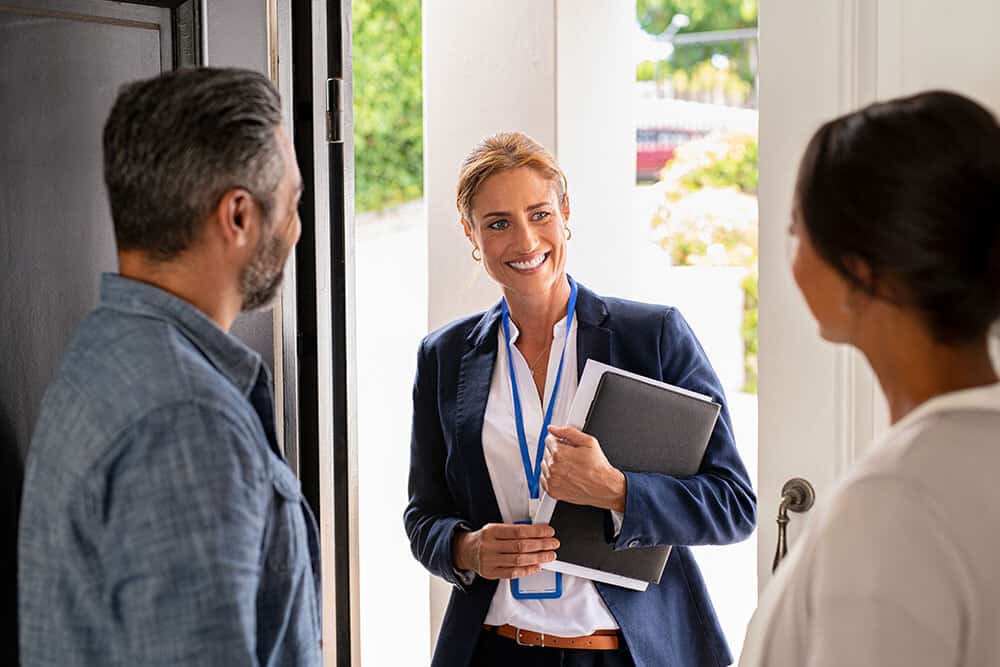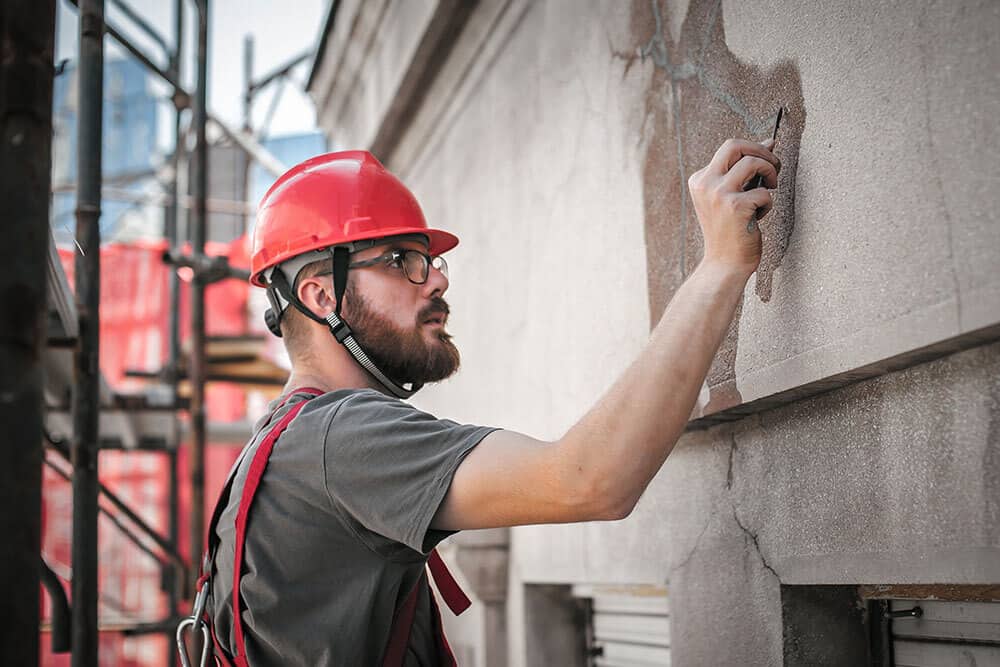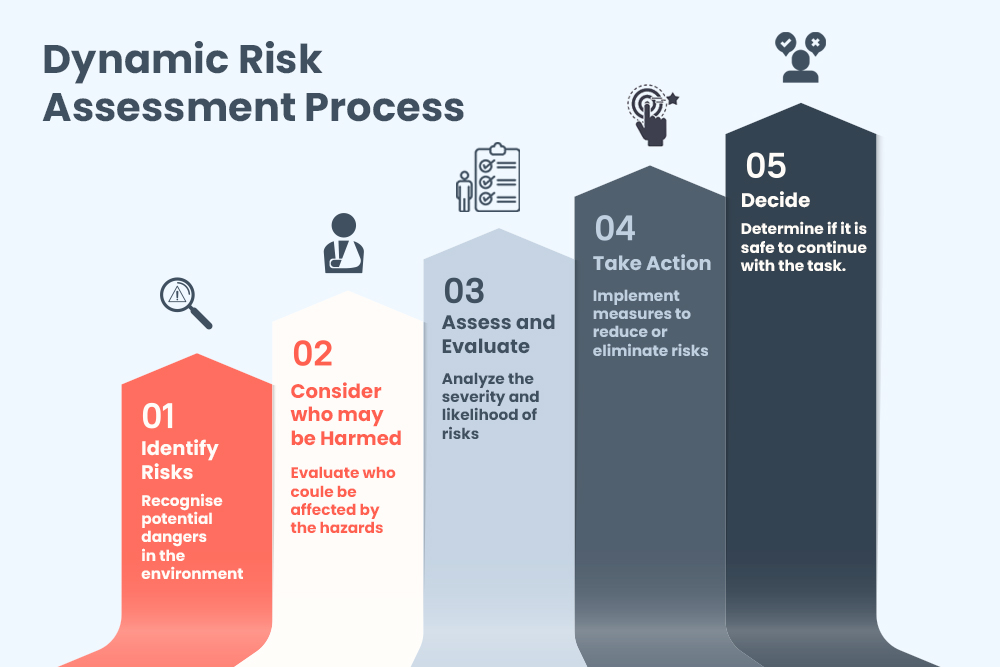
Risk assessments determine the problem within any work environment so that a solution can be proposed. But what if new problems arise which have to be dealt with quickly? Not everyone will be able to wait for a proper risk assessment, and must know how to do it themselves at the moment. That is where the dynamic risk assessment comes in.
Individuals must possess the knowledge and skills to undertake dynamic risk evaluations in real time, preventing delays and avoiding potential harm. In this article, we will explore dynamic risk assessment, its benefits, significance, application, methods, and various jobs where it can help.
Key Takeaways
- A dynamic risk assessment is a real-time evaluation of potential hazards as they arise in the workplace.
- Dynamic risk assessments may be required in many jobs to ensure health and safety compliance.
- Training in risk assessment can empower employees to maintain workplace safety and compliance.
What is a Dynamic Risk Assessment?
Dynamic risk assessments provide workers with a framework they can use to accurately identify, assess, and control workplace hazards as they arise. Unlike a normal risk assessment, they are carried out in real-time during work activities, often while a hazardous situation is developing.
Being able to perform a dynamic risk assessment is a valuable health and safety skill that all employees should possess. This article will take a deeper look into exactly what is a dynamic risk assessment, when it should be performed, and just why dynamic risk assessments are such an important component of workplace health and safety.
Difference Between a Risk Assessment and a Dynamic Risk Assessment
Risk Assessment: A generic, or ‘formal’, risk assessment is done in advance of any work proceedings. These assessments must be recorded and regularly updated. They provide a framework for all other risk assessments and serve as a basis on which to establish health and safety guidelines and procedures.
Dynamic Risk Assessment: On the other hand, dynamic risk assessments are performed ‘on the spot’. For instance, when arriving at a worksite and before undertaking work, it may be required. They may also be required as an action is being taken in real-time.
Information gained from a dynamic risk assessment can be relayed to colleagues, instantly or at a later date. This information can be helpful in updating the existing generic risk assessment.
It gives workers the ability and confidence to accurately evaluate any unexpected hazards in the workplace and undertake appropriate action.
Risk Assessment Training
Our Risk Assessment Training provide vital information to recognise and eradicate a hazard that can cause harm within a workplace or an organisation. Risk assessment is the keystone of safety and health that helps identify and mitigate the possibility of such hazards to ensure safety for all.
The Benefits of a Dynamic Risk Assessment
There are many benefits associated with ensuring that staff know how to properly perform a dynamic risk assessment.
They encourage employees to take a proactive approach to workplace safety. They assist workers in being able to change working procedures on the spot to avoid or control risk as hazards appear.
For workers in unpredictable or constantly changing workplace environments, the ability to complete dynamic risk assessments can help them to feel safer and more comfortable as they go about their daily duties.
Another benefit of dynamic risk assessments is that they remove the fear associated with unknown hazards. Dynamic risk assessments give people the confidence to know that if an unforeseen event does arise, then they will be able to make the right decisions to protect themselves, their colleagues and the public.
Why Do I Need a Dynamic Risk Assessment?
They are a key aspect of maintaining safety in the workplace. When work activities are carried out in an environment where hazards can suddenly arise without warning, dynamic risk assessments can prevent damage to property and equipment, injuries or fatalities from occurring.
Conducting these assessments accurately will give you the capability to instantly react to unexpected risks and the knowledge they need to quickly assess and control hazardous situations.
Moreover, every employer in the UK is under a legal obligation to create a safe working environment for their employees. This means that all employees must have access to accredited health and safety training relevant to their duties and to the workplace itself.
When Do I Need a Dynamic Risk Assessment?
When is a dynamic risk assessment used? The answer to this question depends greatly on the type of work being done, the equipment involved and the nature of the working environment. Lone workers, workers involved in high-risk activities, and people that must deal with constantly changing working environments may need to perform multiple dynamic risk assessments during the course of a working day.
In general, a dynamic risk assessment should be carried out whenever there is the potential for a hazardous situation to occur, such as when a worker enters a new and unknown environment.
It may be the case that potential risks are apparent before an action is taken or that an unforeseen hazardous situation arises suddenly, and a dynamic risk assessment must be performed immediately in order to avoid injuries, damage to property or equipment or even a fatality.
Jobs Where They May Be Necessary
Occupations that require workers to undertake dynamic risk assessments include:
- Police officers
- Paramedics
- Hospital staff
- Care workers
- Retail staff
- Security guards
- Delivery drivers
- Tradespeople
- Construction workers
Example #1: Social Workers Performing Home Visits
Consider the situation of a social worker who is required to perform home visits. The social worker may be unsure of both the environment they are entering into and the mental state of the persons they must interact with. In this case, the social worker will need to conduct a dynamic risk assessment based on the information they have about the individuals in question and the state of their home.

Questions that the social worker should take into consideration include:
Does the person or persons they are about to encounter have a prior history of mental illness or being violent? Is it possible they are under the influence of drugs or alcohol? Will there be dangerous objects, such as weapons or drug paraphernalia, in the house? Will I be able to safely leave the situation if need be? Will I be putting anyone else at risk?
By carefully evaluating all these questions, the social worker will be able to make a decision on whether or not they can control or eliminate enough of the risks to make a home visit a safe and viable option.
Example #2: Construction Workers Working on Older Buildings
Another example is where construction workers may be called upon to work in an older building. In order to perform their duties safely, the construction workers will need to continuously gauge if the structural integrity of the building is being threatened, watch for signs of any hazardous substances, such as asbestos, and assess whether the equipment they are using is creating additional risks.

Workers may have to perform rapid dynamic risk assessments if a situation suddenly develops, for example, a piece of wall or flooring becomes loose or unstable.
Dynamic Risk Assessment Process
There are five steps involved in a dynamic risk assessment:

Step 1: Identify Any Potential Hazards or Risks – Workers must be able to distinguish between a hazard and a risk. A hazard is a thing that has the potential to cause harm, while a risk is the likelihood of harm occurring.
Step 2: Consider Who May Be Harmed or What May Be Damaged – Is there the potential for damage to equipment or property? Could a person or persons be injured, or a fatality occurs?
Step 3: Assess and Evaluate the Risks – How serious are the risks and hazards? Is there a likelihood that a worst-case scenario may eventuate?
Step 4: Take Action to Eliminate or Mitigate the Risk – What can be done to eliminate the risk entirely? Can action be taken to lessen the risk?
Step 5: Decide Whether to Proceed with the Task – Is it safe to continue with the task at hand, or should the activity be postponed or cancelled?
Who Should Carry Out Dynamic Risk Assessments
Dynamic risk assessments should be carried out by workers on the ground who face the risk directly.
That usually means:
- Frontline workers or operators – they must assess risks as they arise during the task because they are closest to the hazards.
- Supervisors or team leaders – they are responsible for overseeing the job and ensuring safe systems of work.
- Emergency responders – police, fire, ambulance, or security staff often use dynamic risk assessments in rapidly changing situations.
The key point is that a dynamic risk assessment is not a formal written document. It is a quick, on-the-spot judgement made by those carrying out or managing the task when conditions change or new hazards appear.
Knowledge Required to Carry out Dynamic Risk Assessments
While dynamic risk assessments are informal, they still require a sufficient understanding of the hazards present and a working knowledge of risk assessments.
Risk assessment training can ensure that staff have the skills they need to identify and control risks as they happen. Human Focus offers a range of online risk assessment training courses that are accredited, cover a range of industry sectors, and can be taken at your convenience to fit in with work schedules.





















